Cycling to and from work is a very affordable and healthy travel option, however it isn’t available to everyone. Some professionals have to commute hours every day to get to their offices and the option just isn’t attainable. New Delhi, the city from where I come has to still come up with dedicated cycle tracks that are safe from other faster vehicles. Though the Delhi metro has its own cycles and encourages people to use them, the culture of cycling is far from being practiced by masses. There has been a sudden recent surge of people opting to use cycle to go to work during the odd/ even traffic policy implemented by Delhi government to regulate traffic and reduce congestion. It turned out that not only cycling in New Delhi wasn’t as difficult as it seemed, but also it reduced the travel expenses drastically and kept the cyclists physically fit and active throughout the day at work.
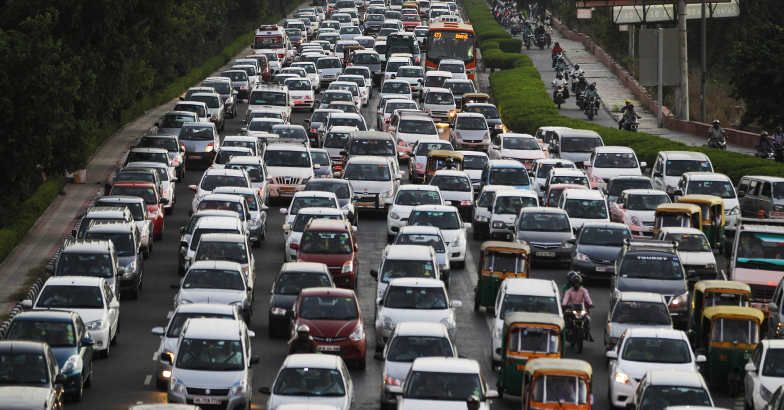
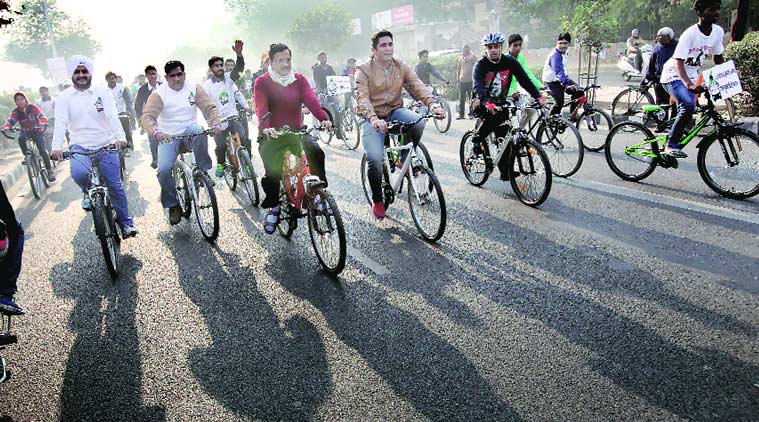
What challenges do you face in daily cycling?
On the other hand, many countries in Europe have been leading in this and promoting cycling within major cities for a myriad of different reasons. While lowering the carbon footprint is certainly a major issue at hand, promoting good health, reducing traffic congestion and offering affordable travel to tourists are all leading factors as to why we are seeing an upswing in the amount of cyclists in European cities.
All countries in Europe are not the same, but Amsterdam certainly leads the way in cycling. The city is awash with bikes, with a staggering 63% of locals using their bikes on a daily basis. That equates to around 800,000 people navigating the streets of Amsterdam on bikes. Weaving in between the oncoming bikes can be troublesome at times, but an utterly fascinating experience to witness.
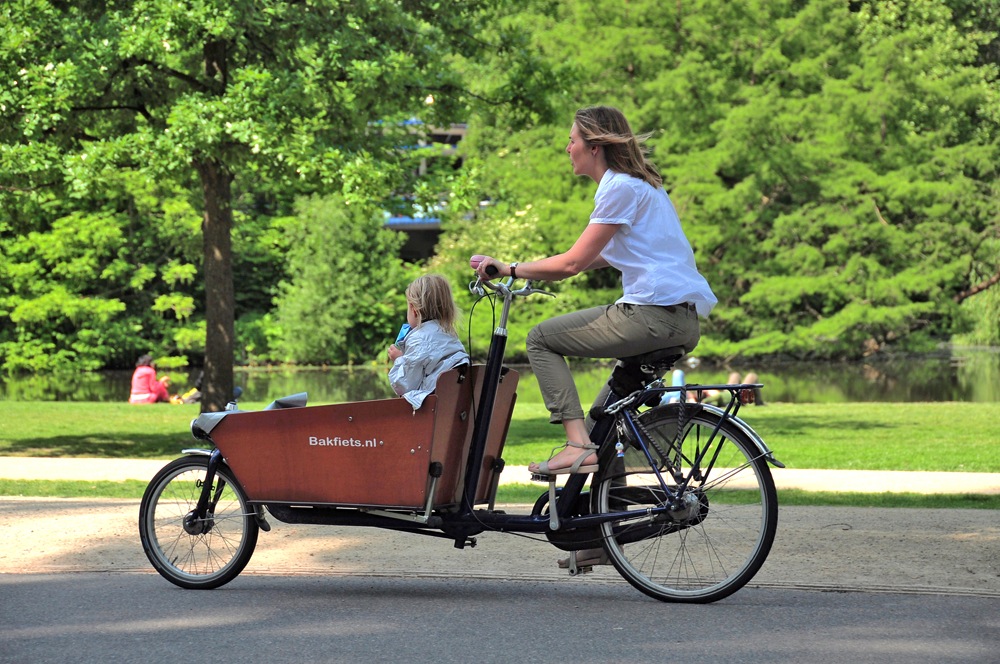
Cycling is also very popular in the Nordic countries of Sweden and Norway, each having a high volume of cyclists in their major cities. London however, took a while to get up to speed with its neighbouring European cities. It wasn’t until after the UK’s unbelievable performance at the 2012 London Olympics, coupled with the success of Tour de France winners Bradley Wiggins and Chris Froome that cycling was catapulted to a mainstream audience.
Since then London government officials have launched a series of initiatives to encourage locals to cycle to work. The government is also encouraging people to cycle in their spare time to help lower obesity levels, promote physical exercise, and lower the aforementioned traffic congestion in the capital as well as helping the environment in the long term.
What benefits you got by cycling to work daily?
The cycle to work scheme was launched in the city, which gave people the chance to purchase a bike at a reduced price through the initiative that would see employers partner with the government. Additionally, the city would offer rental bikes at London underground terminals much like in the Netherlands where the scheme has been hugely successful and still is to this day.
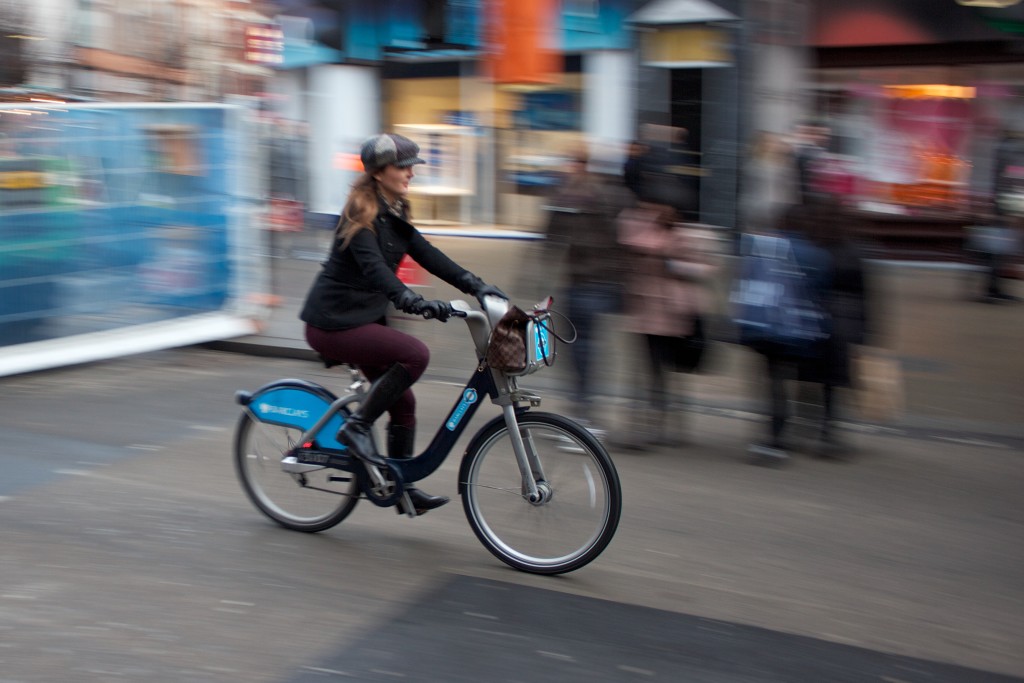
London even encourages people to bike to their flagship airport Heathrow. Amid the recent 5.2 million GBP redevelopment of its Terminal 2, that saw the airport increase its parking services tenfold, now offering flyers 4 main parking options including business, valet, meet and greet and short and long stay parking options. It also has parking options available to cyclists. There has been a Cycle Hub built on the site, which is open 24-hours-a-day for cyclists to park their bikes and then use a bus shuttle to get to their departure terminal. Gatwick Airport even has a National Cycle Path running through the airport, which gives cyclists an easy route to the airport. Obviously, this option is to provide either employees or short haul flyers a different option to get to the airport and has been very successful thus far.
The objective for London is to try and get to the level of Amsterdam or Berlin, or even some of the Nordic cities, which will help reduce pollution in the city. While it may be a long way off yet in converting commuters to the heady heights of 63% in Amsterdam, the cycling schemes in London are definitely making an impact, and the city is on the right path to responsible travel. It’s also a great way to see the inner workings of the city, which travellers should keep in mind when visiting London.
Do you cycle to work?
Travel with me on Facebook and Twitter
Feature image: IndianExpress
Disclaimer: This is a collaborative article that promotes cycling in major European cities. The information provided is impartial and based on research.
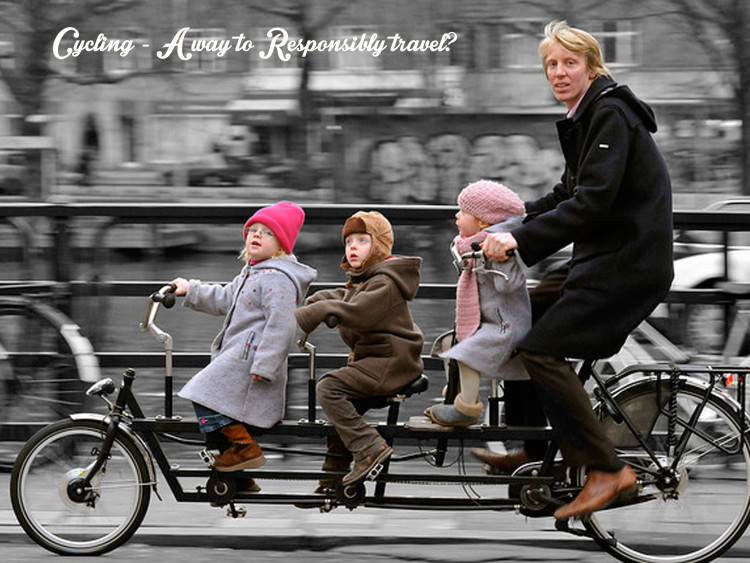







The best way to explore the city and stay fit …
Indeed 🙂 I wish we get such facilities in Indian cities also soon.